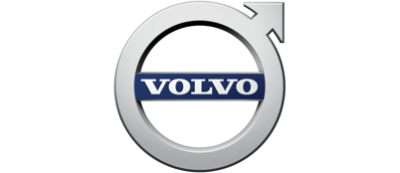Transcribing audio to text with Semantix

Transcribe any audio or video file
Transcribe any audio or video file
Delivered with 100% accuracy
Delivered with 100% accuracy
Data compliant and 100% secure
Data compliant and 100% secure
Competitive pricing and fast turnaround
Competitive pricing and fast turnaround
Trusted by Fortune Global 500
Discover why some of the world’s leading organisations choose us for their transcription projects.




















Translated transcription by experts in your industry
We carefully match transcription projects to linguists with expert knowledge in your industry. Our sector-specific expertise encompasses:
- Legal
- Research
- Medical and more
Our audio-to-text transcription services in more than 238 languages are used by a wide range of industries.
So, whether you need transcription, or a combination of transcription and translation, we can manage your project from start to finish.
Fast delivery of large-scale projects
With more than 50 years’ experience in transcription and translation, we can process large-scale audio-to-text transcription projects quickly and efficiently, with accuracy and security at every step.Get a price quote now
Experts in legal, research and medical transcriptions
Delivering world-class transcription services to a wide range of industries for more than 50 years.

Legal transcription
Legal transcription
Research transcription
Research transcription
Medical transcription
Medical transcription

For all your transcription needs
Our services are perfect for businesses that handle large amounts of content and require quick turnarounds. With expertise across a wide range of industries, we manage your transcription projects with total accuracy and security.
Get a digital quote for transcription here
Already a customer?
Don’t have an account in Language Hub? Request access

Streamline the management of your multimedia files
Our technical tools simplify workflows and streamline the management of your multimedia files while keeping your sensitive data secure.
We also provide options to use AI-based services and workflows, or a combination of AI and human capabilities. Alternatively, we can review and verify your existing AI transcriptions. Read more about our multimedia management.